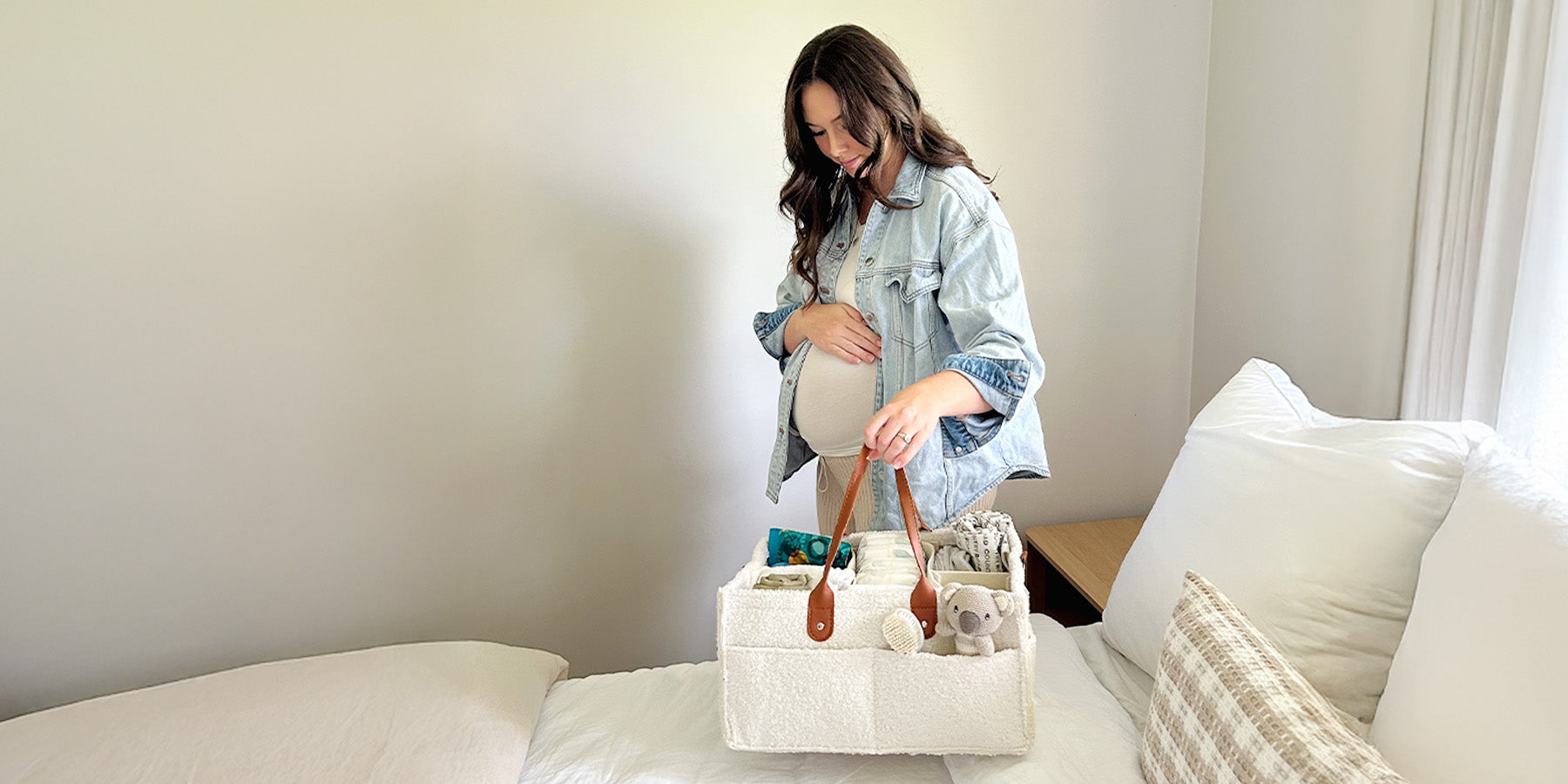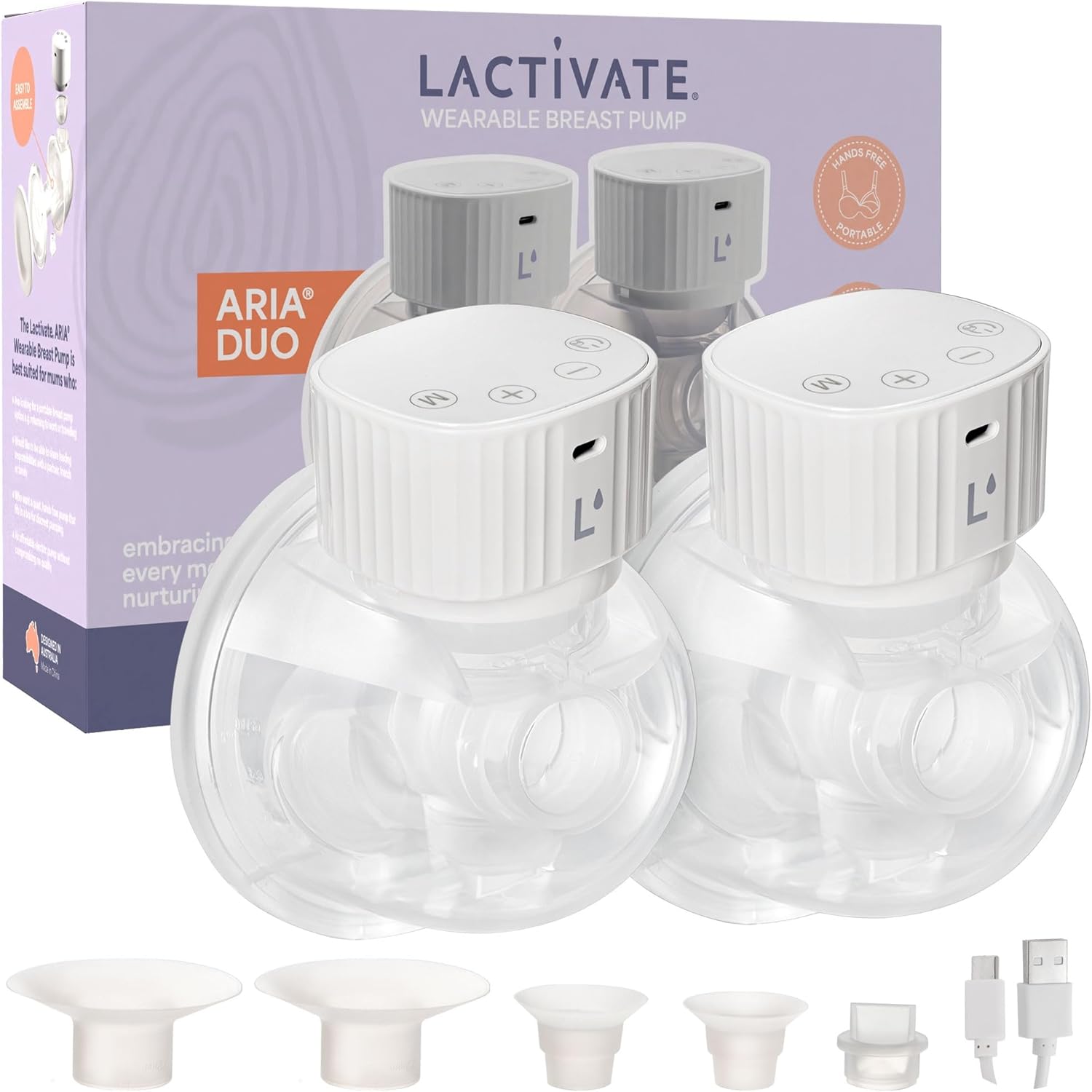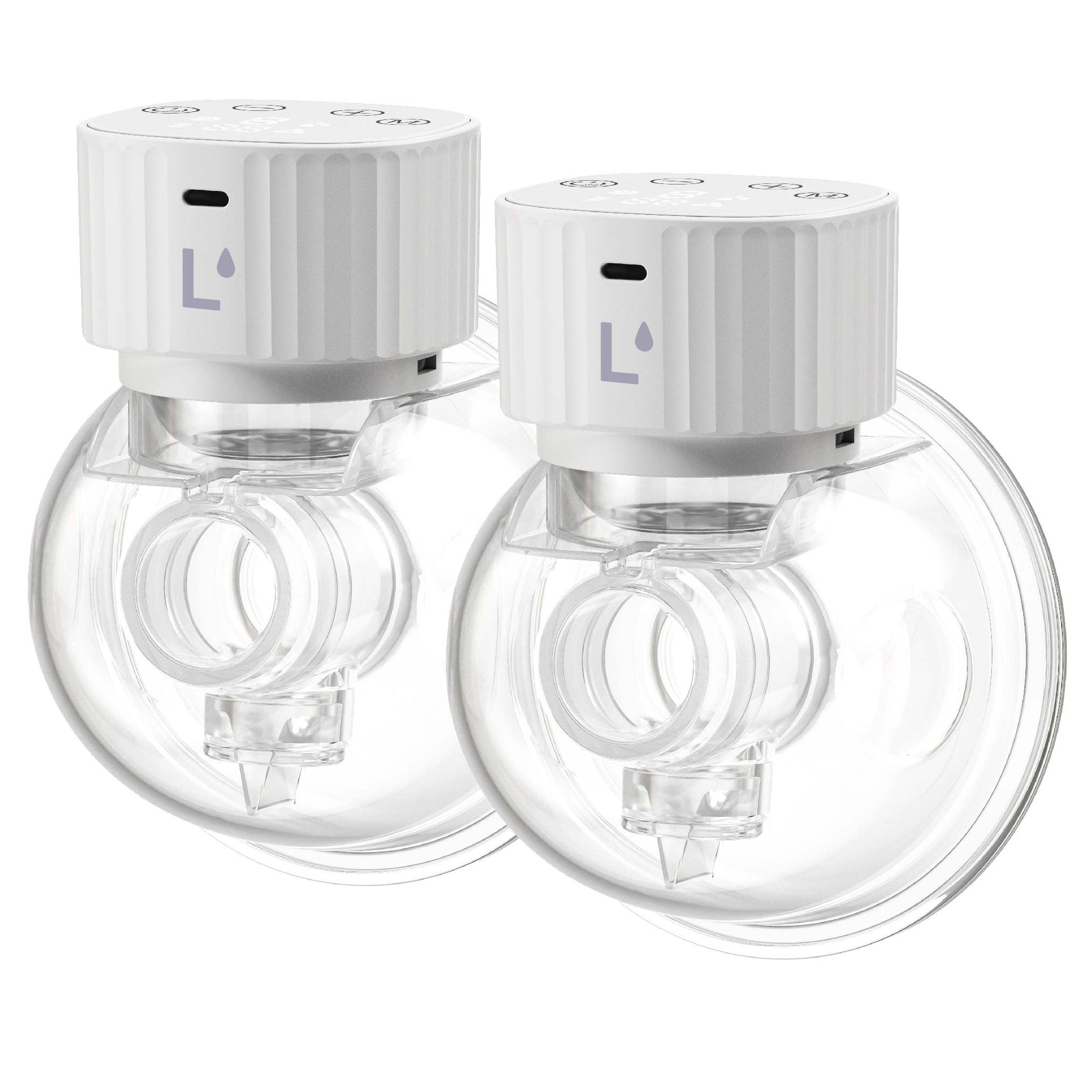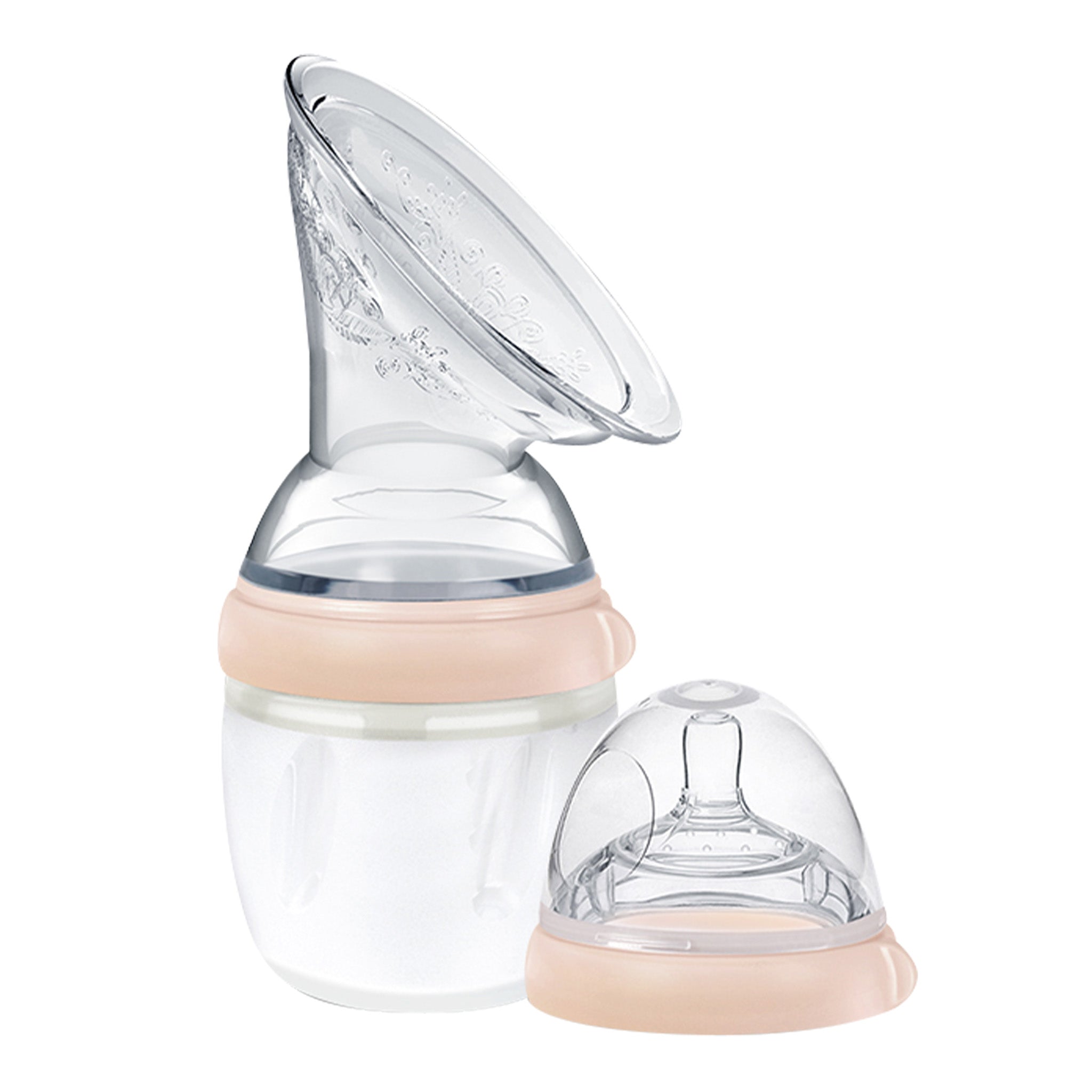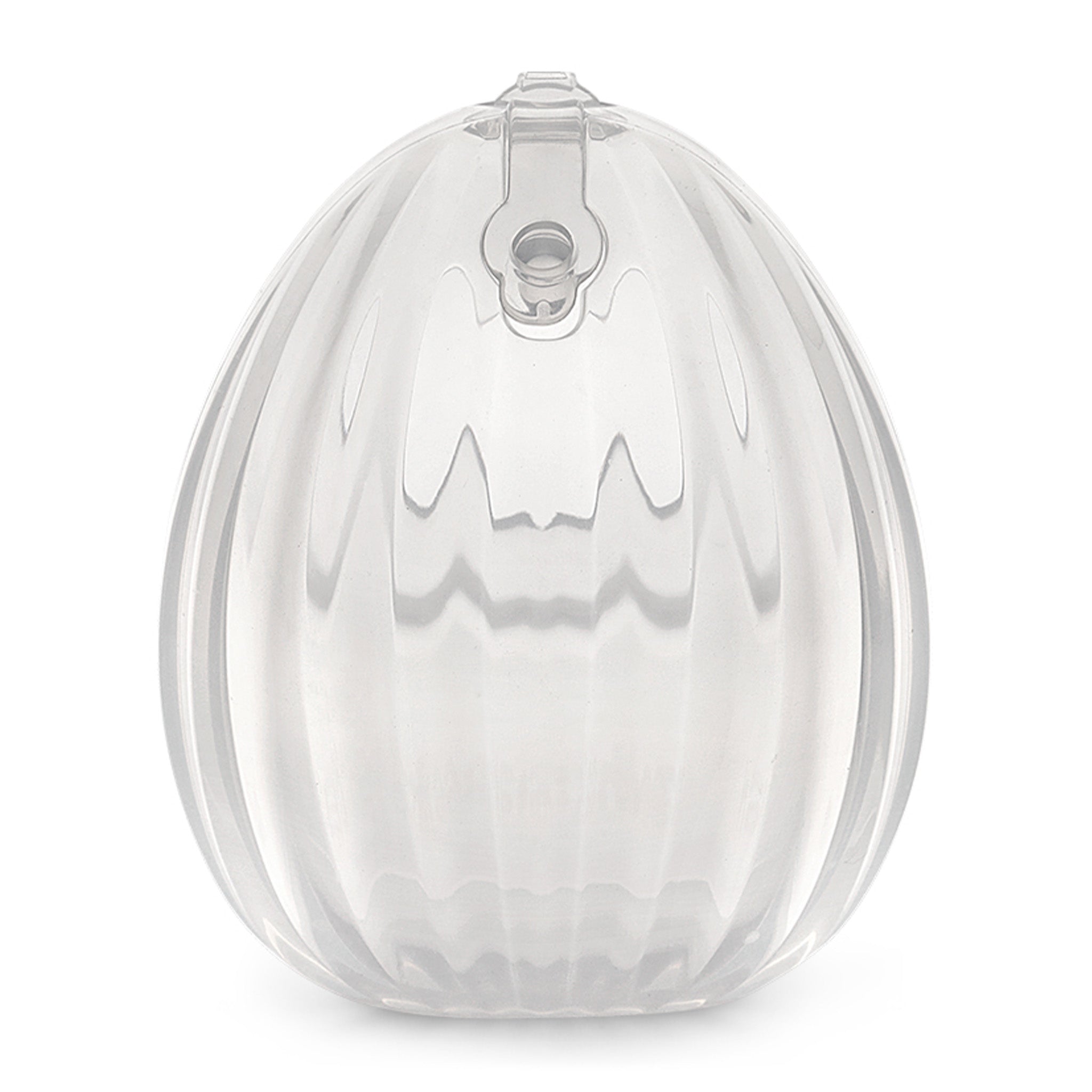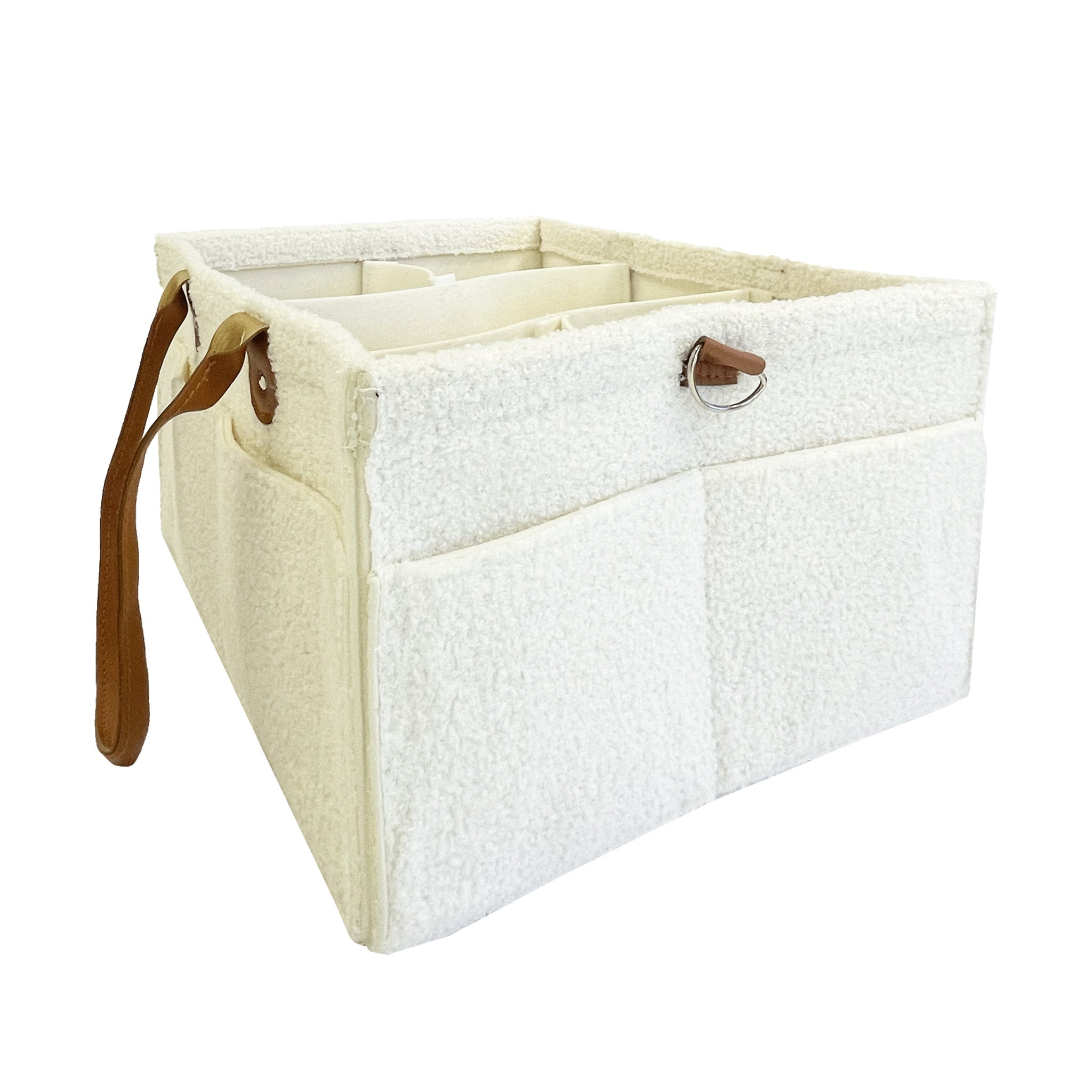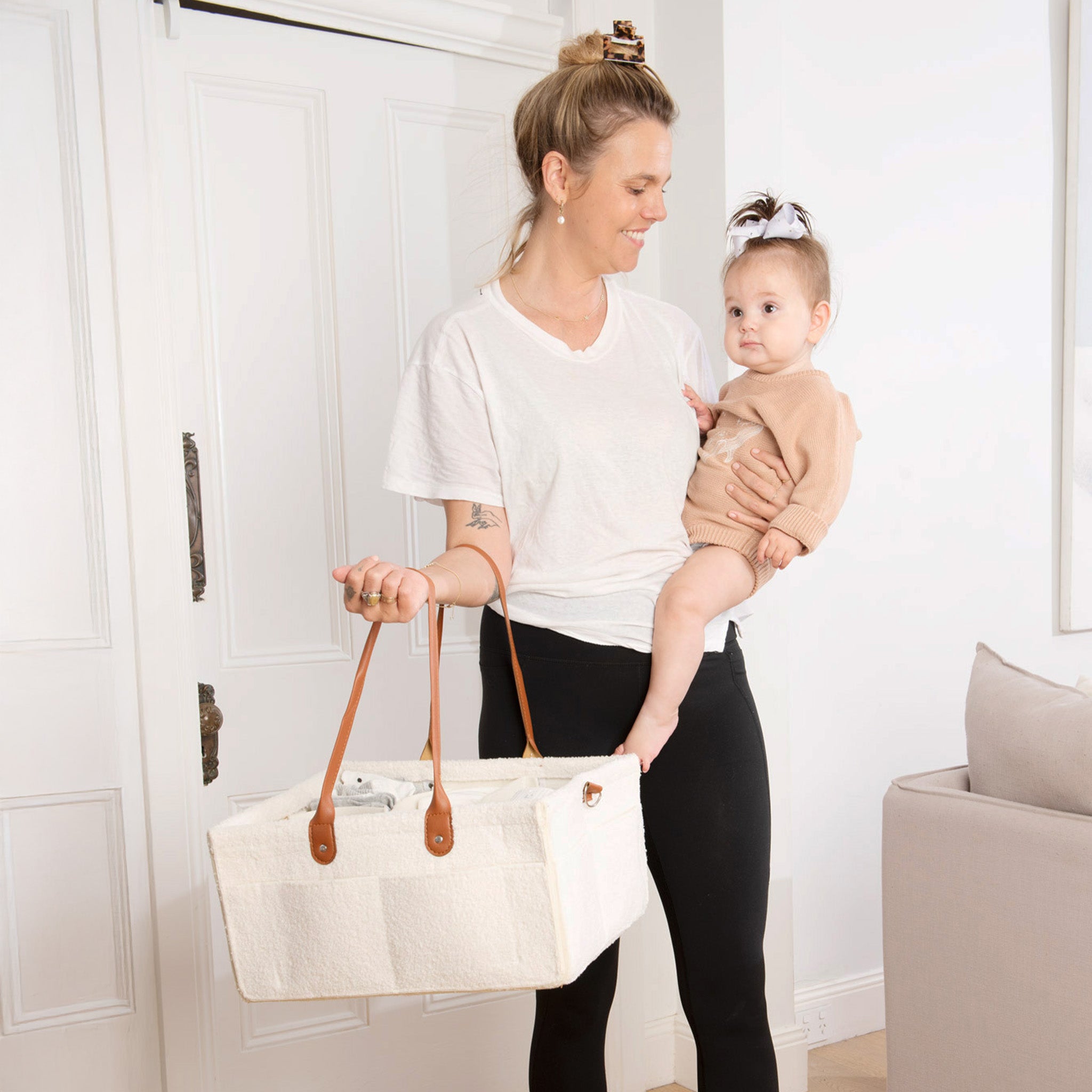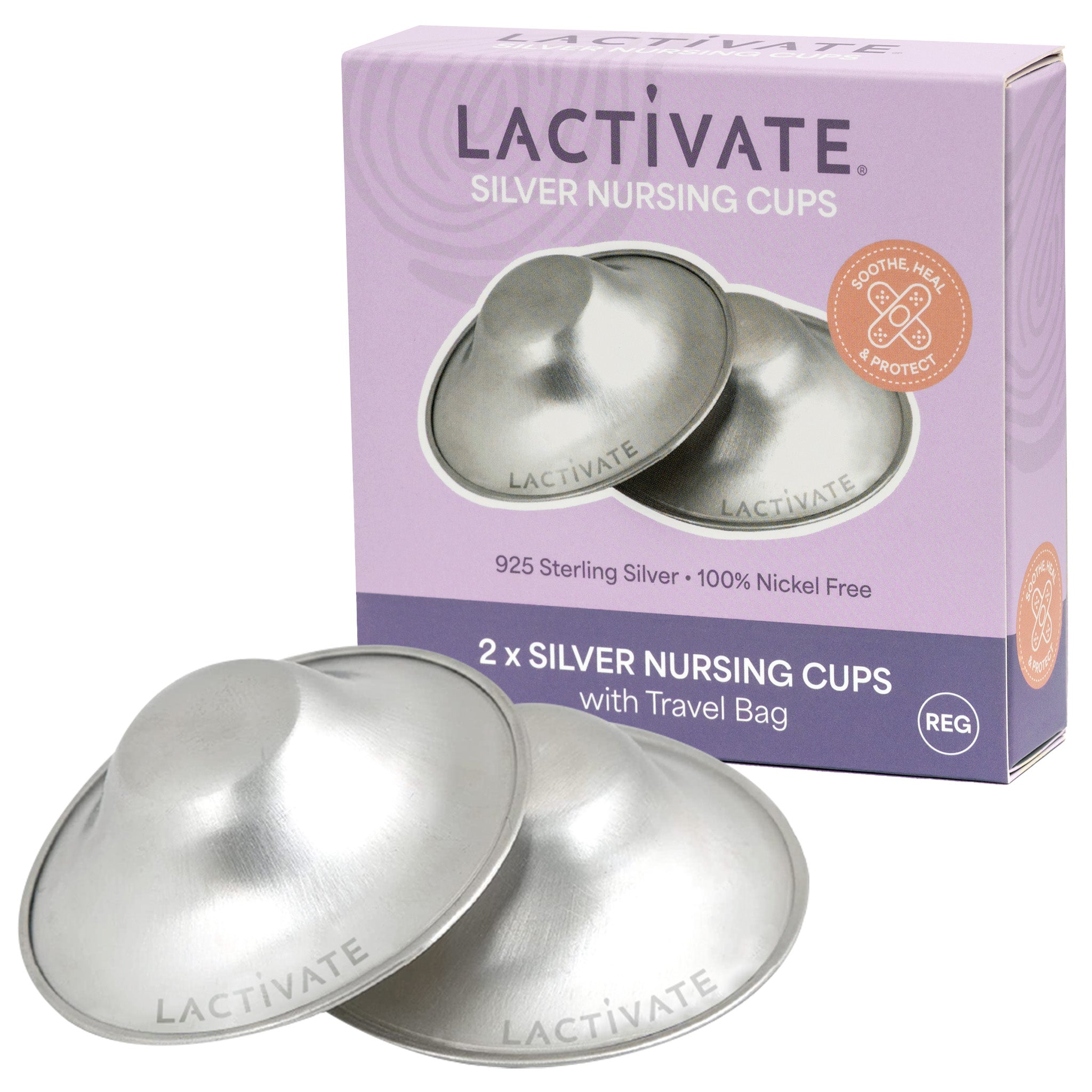There’s something quietly magical about the moment a baby is born. In those first seconds, a lot happens behind the scenes, and one of those little decisions can have a big impact on your baby’s start in life. That decision? Whether to delay cord clamping after birth.
Let’s take a closer look at what delayed cord clamping is, why it has become popular, and how to discuss it with your care team, because knowledge is power, especially in the birthing room.
So, What Is Delayed Cord Clamping?
Delayed cord clamping means waiting a short time, usually between 1 to 3 minutes, after birth before clamping and then cutting your baby’s umbilical cord. During this time, the placenta continues to pump blood, oxygen, and nutrients into your bubs body, just as it has for the past nine months. While immediate clamping was standard practice for many years, more recent research has shown that taking a little pause can make a big difference in your baby’s transition to life outside the womb.
The Proven Benefits of Delayed Clamping
One of the biggest benefits of delayed cord clamping is improved iron stores. Babies who receive that extra cord blood get a little iron boost, which can help support brain development and healthy growth in the first year.
According to research from the Royal Australian and New Zealand College of Obstetricians and Gynaecologists (RANZCOG), delaying cord clamping by just 60 seconds increases a newborn’s blood volume by up to 30%, which can improve haemoglobin levels and iron stores for up to six months after birth.
Other benefits of delayed cord clamping include:
-
Better blood pressure and oxygen levels at birth – Delayed clamping gives babies more red blood cells, helping with that crucial early adaptation to breathing air for the first time.
-
Support for brain development – With more iron onboard, your baby’s growing brain gets the nutrients it needs for a strong start.
-
Reduced risk of anaemia – Babies born with higher iron levels are less likely to develop iron-deficiency anaemia in early infancy.
-
Gentler start – This extra time lets babies make the switch from womb to world with a bit more support from the placenta.
How Delayed Cord Clamping Works
Delayed cord clamping isn’t just for vaginal births. it can absolutely be done during a C-section too. In both cases, the process is much the same: after baby is born, the cord is left untouched for at least a minute or until it stops pulsating, allowing the last of the placental blood to flow through.
In vaginal births, baby can often be placed directly on mums chest for skin-to-skin contact while the cord finishes doing its job.In C-sections, the Obstetrician might hold your baby close to you, or to the side while the cord remains attached for a little longer. Some hospitals even use a small table or surface to keep baby nearby and warm while waiting to clamp.
The takeaway? If delayed clamping is important to you, talk to your caregivers, they can often make it happen, no matter how your baby enters the world.
When Delayed Clamping May Not Be Recommended
As wonderful as delayed cord clamping is, there are some times when it may not be possible or medically advisable. In these instances, delaying clamping could end up having a negative impact which outweighs the positive we’ve mentioned above.
Delayed cord clamping may not be possible due to the following reasons:
-
Medical emergencies – If baby needs immediate help with breathing or resuscitation, your care team may need to act quickly.
-
Maternal health concerns – If there are complications like excessive bleeding. clamping might need to happen sooner rather than later.
-
Certain preterm births – For very premature babies, delayed clamping can still be beneficial, but sometimes other urgent care needs take priority. With that being said, many neonatal guidelines now encourage even 30–60 seconds of delay if it’s safe.
The important thing to remember? These decisions are made with you and your baby’s health in mind. If delayed clamping doesn’t happen, it’s not a failure, it’s just what was needed at that moment.
Adding It to Your Birth Plan (and Talking with Your Team)
If you’re keen to include delayed cord clamping in your birth preferences, here are a few tips to help make that conversation smooth and positive:
-
Add it to your birth plan preferences – Include a short note about your preference for delayed cord clamping, and how long you'd like the delay to be (e.g., at least 1–3 minutes or until the cord stops pulsating). Discuss this with your caregiver during your appointments so that you are all on the same page.
-
Be flexible – Birth can be unpredictable. It’s okay to state your wishes and also trust your caregivers to do what’s safest in the moment.
-
Ask questions – If you’re not sure how your hospital or birth centre approaches delayed clamping, ask! Most are happy to explain their usual practice and how they can accommodate your preferences.
The Bottom Line? Small Wait, Big Benefits
Delayed cord clamping is one of those simple, low-intervention choices that can have lasting benefits for your baby. Whether you’re planning a calm water birth or a scheduled caesarean, it’s a conversation worth having during pregnancy.
Birth is full of big moments—but sometimes, it’s the little pauses that make the biggest difference.


